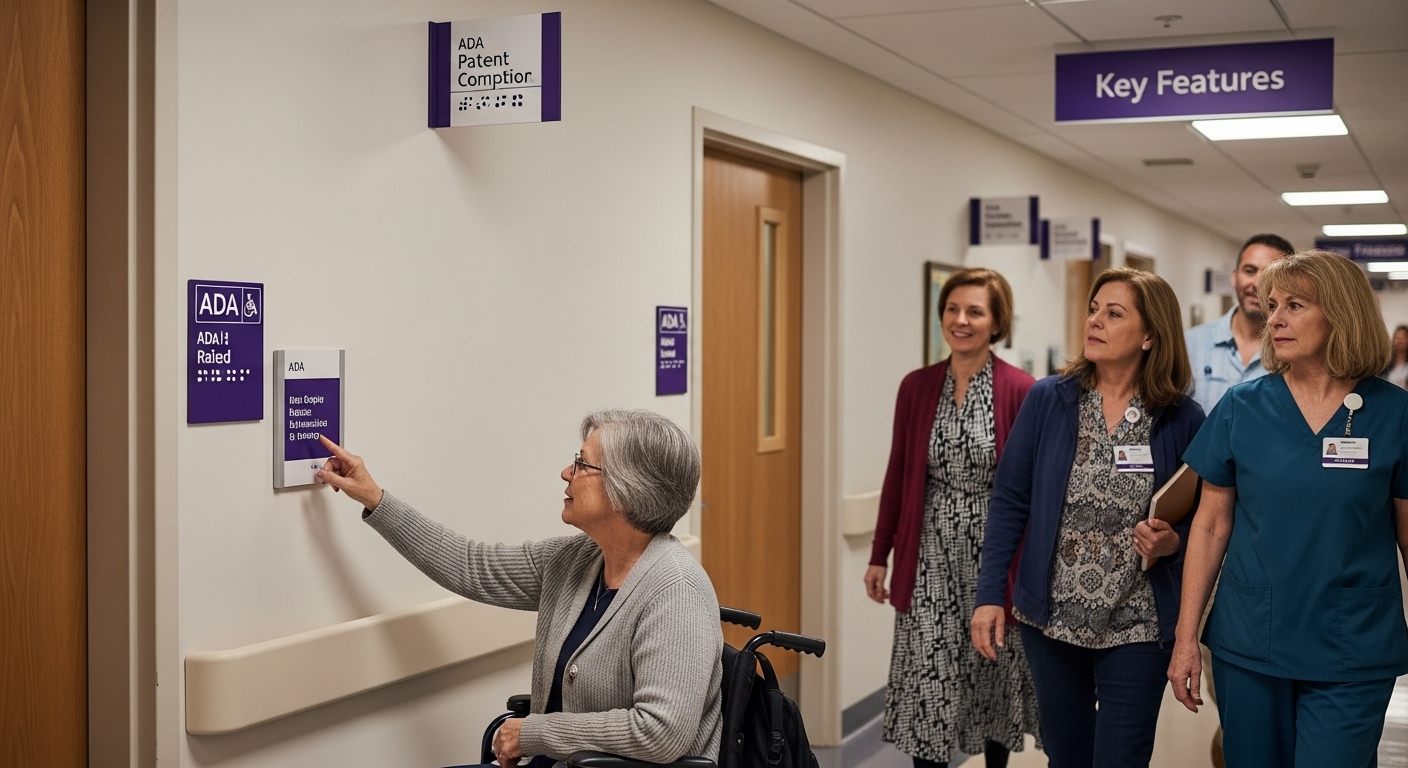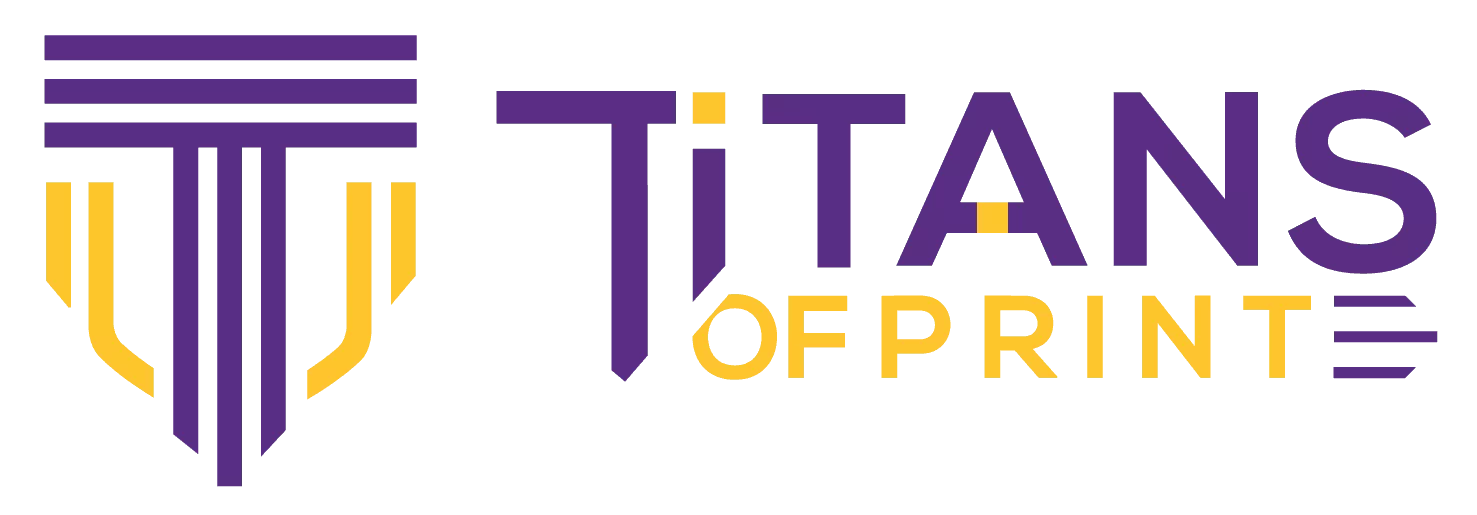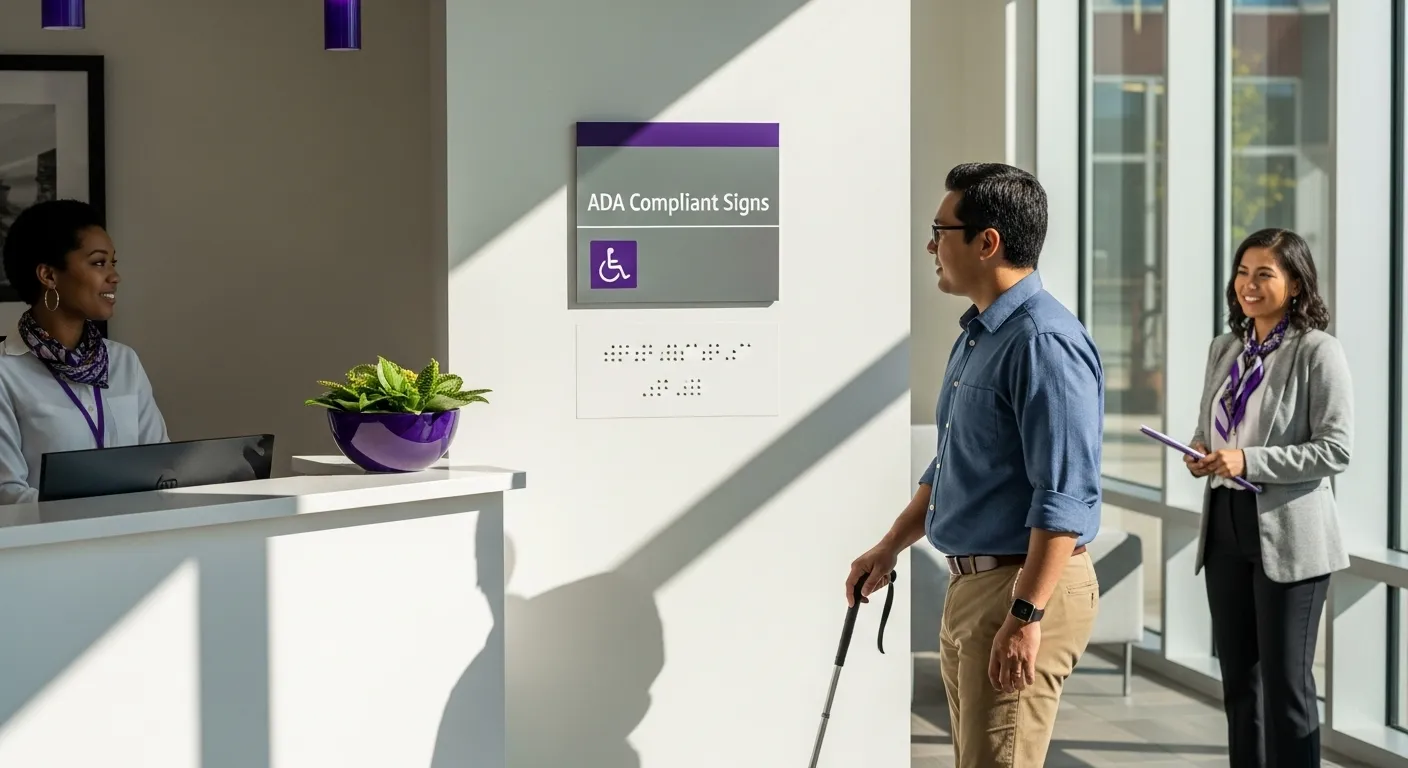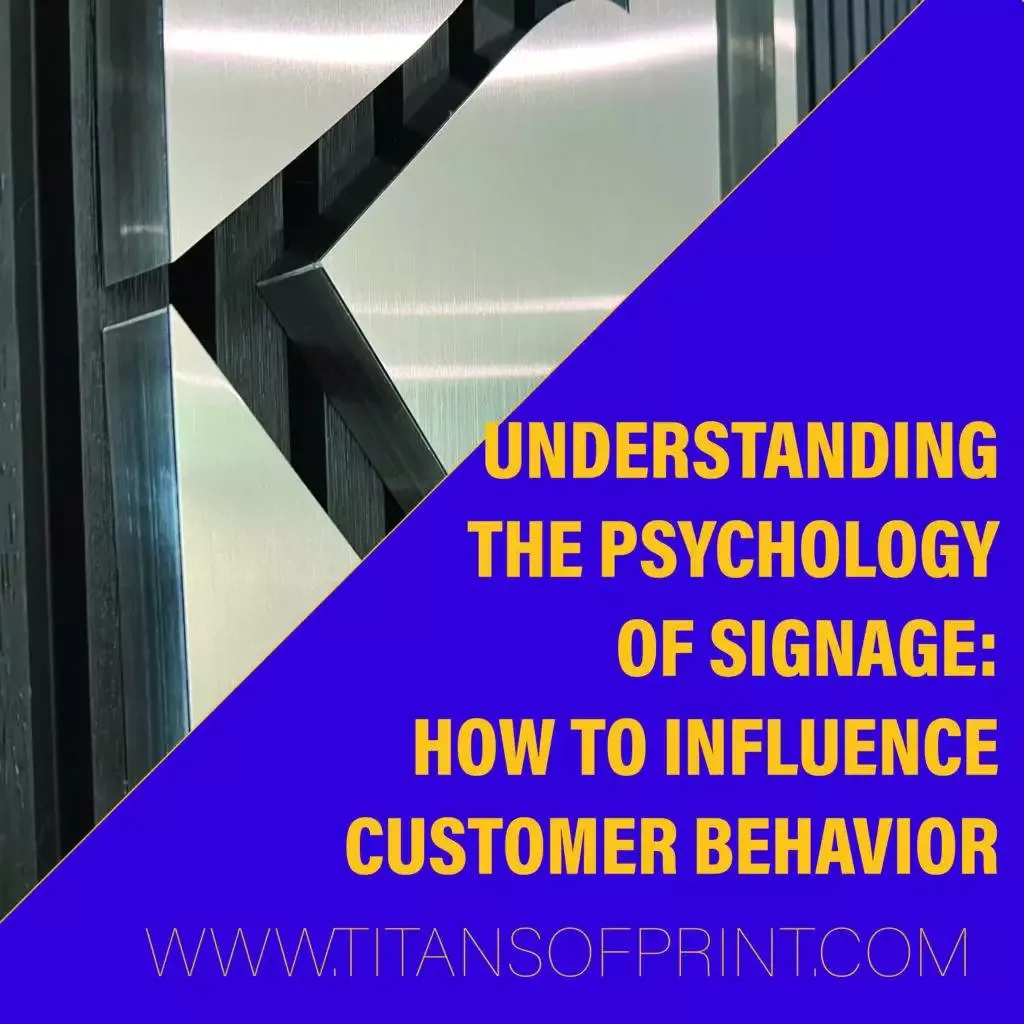ADA compliant signs seem like just another rule for businesses, but there is much more to the story. Did you know businesses can face significant financial penalties for not having proper ADA signage and even risk expensive lawsuits? Most people see these signs as a legal checkbox, but they are actually a powerful way to make your business truly welcoming and accessible for every individual.
Table of Contents
- What Are ADA Compliant Signs?
- The Importance of ADA Compliant Signs
- Key Features of ADA Compliant Signs
- How ADA Compliant Signs Enhance Accessibility
- Practical Applications of ADA Compliant Signs in Florida
Quick Summary
| Takeaway | Explanation |
|---|---|
| ADA signs enhance accessibility for all. | These signs are designed to support individuals with disabilities by providing clear, tactile, and visual information. |
| Follow precise design specifications. | Adhering to ADA guidelines ensures signs are legible, accessible, and usable for everyone regardless of their abilities. |
| Non-compliance can lead to severe repercussions. | Businesses may face legal actions, fines, and damage to their reputation if ADA signage requirements are not met. |
| Inclusive signage boosts customer engagement. | Proper ADA signage expands a business’s customer base by creating welcoming spaces for people of all abilities. |
| Investing in signage reflects social responsibility. | By implementing ADA compliant signs, businesses show their commitment to inclusivity and the dignity of every individual. |
What are ADA Compliant Signs?
ADA compliant signs are specialized signage designed to meet the accessibility requirements outlined in the Americans with Disabilities Act (ADA). These signs go beyond standard visual communication by ensuring that individuals with various disabilities can effectively understand and navigate spaces. Learn more about ADA sign requirements to protect your business and create an inclusive environment.
The Purpose of ADA Compliant Signage
The primary goal of ADA compliant signs is to provide clear, accessible communication for people with visual, hearing, or cognitive disabilities. These signs must adhere to specific design guidelines that make information universally understandable. Key characteristics include:
- High color contrast between text and background
- Tactile lettering that can be read by touch
- Braille translations for visually impaired individuals
- Consistent placement and mounting height
- Simple, clear typography
Design and Regulatory Requirements
ADA compliant signs must follow precise technical specifications to ensure maximum accessibility. These requirements cover multiple aspects of sign design, including:
- Character Size: Lettering must be between 5/8 inch and 2 inches tall
- Font Selection: Sans serif fonts are preferred for readability
- Mounting Height: Signs must be placed at consistent, predictable locations
- Raised Letter Standards: Text must be raised 1/32 inch with sharp, distinct edges
Businesses across South Florida, from Miami to Fort Lauderdale, must understand these regulations to create inclusive spaces. Whether you operate a small office in Doral or a large facility in Coral Gables, ADA compliant signs are not just a legal requirement but a commitment to accessibility and respect for all individuals.
By implementing proper ADA compliant signs, organizations demonstrate their dedication to creating welcoming environments that accommodate everyone’s unique needs. These signs serve as silent communicators, bridging potential information gaps and ensuring that every person can navigate spaces with dignity and independence.
The Importance of ADA Compliant Signs
ADA compliant signs are more than just a legal requirement they represent a fundamental commitment to inclusivity and accessibility for all individuals. Explore our guide on crafting effective visual messages to understand how strategic signage can transform communication.
Legal and Ethical Responsibilities
Businesses have a critical obligation to provide equal access to information for people with disabilities. The Americans with Disabilities Act mandates specific signage standards that go beyond mere compliance. These regulations ensure that public spaces become truly welcoming environments for everyone, regardless of their physical abilities. Key legal implications include:
- Potential Fines: Businesses can face significant financial penalties for non-compliance
- Accessibility Lawsuits: Organizations risk legal action if they fail to meet ADA standards
- Reputation Impact: Non-compliance can damage a company’s public image and community standing
Economic and Social Benefits
Implementing ADA compliant signs offers substantial advantages beyond legal requirements. These signs demonstrate a company’s commitment to social responsibility and can actually enhance business performance. Organizations in South Florida cities like Miami, Doral, and Coral Gables can benefit from:
- Increased Customer Reach: Accessible spaces attract a broader customer base
- Positive Brand Perception: Demonstrates inclusivity and social awareness
- Enhanced Customer Experience: Helps all individuals navigate spaces with dignity and independence
By prioritizing ADA compliant signage, businesses create environments that welcome and respect every individual. These signs are not just about meeting regulations they are powerful tools for communication that bridge gaps and create more inclusive spaces for everyone.
The following table organizes the major legal, economic, and social benefits of ADA compliant signs as presented in the article for easy comparison.
| Benefit Category | Description |
|---|---|
| Legal Protection | Avoids fines and lawsuits by meeting ADA standards |
| Enhanced Reputation | Builds a positive public image and shows a commitment to inclusivity |
| Customer Reach | Attracts a wider audience by making spaces accessible to people of all abilities |
| Customer Experience | Supports independent navigation and increases confidence for all visitors |
| Social Responsibility | Demonstrates respect for human dignity and supports equal access |
 Whether you operate a small business in Fort Lauderdale or a large facility in South Beach, investing in proper signage is an investment in human dignity and equal access.
Whether you operate a small business in Fort Lauderdale or a large facility in South Beach, investing in proper signage is an investment in human dignity and equal access.
Key Features of ADA Compliant Signs
ADA compliant signs are sophisticated communication tools with precise technical requirements that ensure accessibility for all individuals. Learn how to design effective commercial signs to create impactful visual communication.
Visual Design Specifications
The visual characteristics of ADA compliant signs are carefully regulated to maximize readability and accessibility. These design specifications focus on creating clear, legible communication that can be understood by people with various disabilities. Critical visual elements include:
![]()
- High Contrast Ratios: Minimum 70% contrast between text and background
- Non Glare Finishes: Matte surfaces that reduce visual reflection
- Sans Serif Fonts: Clean typography that enhances readability
- Consistent Letter Spacing: Uniform spacing between characters
- Predictable Color Schemes: Colors that support visual comprehension
Tactile and Physical Requirements
Beyond visual design, ADA compliant signs must meet specific physical standards that allow individuals with visual impairments to understand information through touch. These requirements ensure that signs provide comprehensive accessibility:
- Raised Letter Height: Minimum 1/32 inch tactile characters
- Braille Translation: Contracted Braille placed directly below text
- Mounting Height: Signs placed between 48 and 60 inches from floor
- Clear Space: Unobstructed area around signs for easy navigation
- Durable Materials: Signs constructed to maintain legibility over time
Businesses throughout South Florida, from small offices in Doral to large facilities in Miami, must understand these intricate requirements. Proper implementation of ADA compliant signs demonstrates a genuine commitment to creating inclusive environments that respect and accommodate all individuals, regardless of their physical abilities.
To help clarify the unique features that distinguish ADA compliant signs, the table below summarizes the essential visual design and tactile requirements discussed in the article.
| Feature | Visual Specification | Tactile/Physical Specification |
|---|---|---|
| Contrast Ratio | Minimum 70% contrast between text and background | N/A |
| Finish | Matte, non-glare surface | N/A |
| Font Style | Sans serif fonts preferred | Raised, sans serif characters |
| Letter Height | 5/8 inch to 2 inches tall | Minimum 1/32 inch raised characters |
| Braille Inclusion | N/A | Contracted Braille directly below text |
| Mounting Height | Signs at consistent, predictable locations | 48 to 60 inches from floor |
| Placement | Predictable color schemes and placement | Unobstructed space around signs |
| Material Durability | Clear, legible finishes | Durable construction for long-term use |
How ADA Compliant Signs Enhance Accessibility
Accessibility is not about accommodation it is about empowerment. Discover how design principles transform communication and create inclusive environments for everyone.
Breaking Down Communication Barriers
ADA compliant signs serve as critical communication bridges for individuals with disabilities, transforming how people interact with physical spaces. These specialized signs eliminate traditional information barriers by providing multiple sensory communication channels. For people with visual impairments, this means access goes beyond visual recognition and includes tactile and contextual information that supports independent navigation.
- Tactile Information: Raised letters and Braille enable touch-based understanding
- Color Contrast: Supports individuals with partial vision or color blindness
- Consistent Placement: Reduces cognitive load for navigation
- Universal Design: Makes spaces intuitive for diverse abilities
- Multilingual Support: Enhances comprehension across language barriers
Practical Impact on User Experience
The real power of ADA compliant signs lies in their ability to create dignified, independent experiences for all individuals. By providing clear, accessible information, these signs transform public and private spaces into welcoming environments. Whether in a small business in Doral or a large facility in Miami, these signs communicate more than directions they communicate respect.
- Reduced Anxiety: Clear signage reduces navigational stress
- Increased Confidence: Supports independent movement
- Equal Access: Eliminates information disparities
- Safety Enhancement: Provides critical wayfinding information
- Legal Compliance: Demonstrates organizational commitment to inclusivity
In South Florida’s diverse business landscape, from Fort Lauderdale to Coral Gables, ADA compliant signs are not just regulatory requirements. They represent a profound commitment to human dignity, ensuring that every individual can move through spaces with confidence, independence, and self-respect.
Practical Applications of ADA Compliant Signs in Florida
Florida businesses face unique challenges in implementing ADA compliant signage across diverse environments. Explore why signage plays a crucial role in Florida’s business landscape to understand the broader implications of accessibility requirements.
Industry-Specific Implementation Strategies
Different industries in South Florida require tailored approaches to ADA compliant signage. From bustling Miami hotels to medical facilities in Doral, each sector demands specialized sign design that meets both legal requirements and functional needs. Critical industries with specific signage considerations include:
- Healthcare Facilities: Directional signs with clear room identification
- Hospitality Sector: Multilingual signs supporting tourism diversity
- Educational Institutions: Comprehensive campus navigation systems
- Retail Environments: Accessible wayfinding for diverse customer bases
- Government Buildings: Comprehensive accessibility across public spaces
Regional Compliance and Cultural Considerations
South Florida’s unique demographic landscape requires nuanced approaches to ADA compliant signage. Miami’s multicultural environment demands signs that communicate effectively across language and cultural barriers. Businesses must consider more than just technical compliance they must create truly inclusive communication strategies:
- Multilingual Formatting: Supporting Spanish and Creole language needs
- Cultural Sensitivity: Design that respects diverse community representations
- Universal Symbol Usage: International iconography for broader understanding
- Technology Integration: Digital signage with accessibility features
- Community Feedback: Continuous improvement through local input
From small businesses in Coral Gables to large enterprises in Fort Lauderdale, ADA compliant signs are more than regulatory requirements. They represent a commitment to creating welcoming, accessible spaces that celebrate Florida’s diverse population and support every individual’s right to navigate public spaces with dignity and independence.
Make Your Business Truly Accessible with Titans of Print
Are you worried about meeting ADA signage requirements or concerned that your current signs could exclude potential customers? The article highlights just how crucial ADA compliant signs are for equal access, legal protection, and creating a welcoming atmosphere for everyone who enters your space. It is not only about following the law. It is about building an environment where people feel respected and safe. Many South Florida businesses struggle to keep up with these detailed rules for signage, but you do not have to face this challenge alone.
Titans of Print provides expert solutions that address every pain point explored in ‘Understanding ADA Compliant Signs: What You Need to Know.’ Our Miami-based team manages everything from manufacturing to installation. We focus on making your business inclusive and professional while ensuring you are always up to code. Ready to make your property easier to navigate and more inviting for everyone? Visit Titans of Print today to discover how our ADA sign services can transform your space. Still exploring what you need? Learn more about ADA sign requirements or let us help you design effective commercial signs that meet every standard. Talk to our experts now and secure your business’s future with accessible signage that sets you apart.
Frequently Asked Questions
What are ADA compliant signs?
ADA compliant signs are specialized signage that meets the accessibility requirements set by the Americans with Disabilities Act (ADA), ensuring that individuals with disabilities can understand and navigate spaces effectively.
Why are ADA compliant signs important for businesses?
ADA compliant signs are crucial as they fulfill legal obligations to provide equal access to information, enhance customer experience, and demonstrate a company’s commitment to inclusivity and social responsibility.
What are the key features of ADA compliant signs?
Key features include high color contrast, tactile lettering, Braille translations, consistent placement, and specific design regulations for character size and font selection to ensure accessibility for all individuals.
How do ADA compliant signs improve accessibility?
ADA compliant signs enhance accessibility by providing clear, multi-sensory communication that helps individuals with disabilities navigate spaces independently and confidently, reducing anxiety and ensuring safety.





